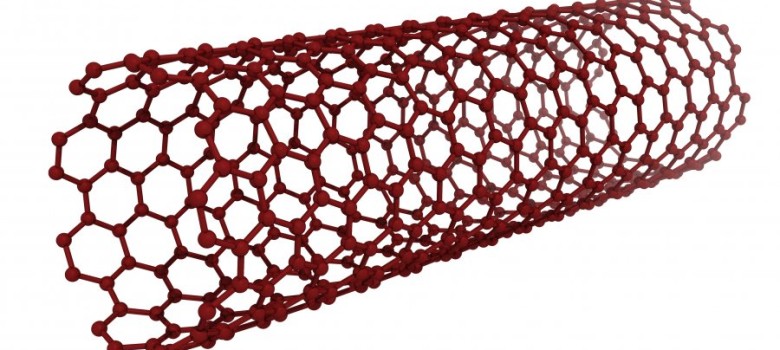
What is nanotechnology?
Nanotechnology is a relatively new field of science that involves any technology where its components are less than 100 nm. 100 nm is one-billionth of a metre, or another way of looking at it is that a sheet of paper is about 100,000 nanometres thick. Nanotechnology can be used in many walks of life, but there is great focus on using it within the energy industry.
Uses of nanotechnology
Efficient energy conversion
As fossil fuels become scarcer, nanotechnology will be used to reduce losses during energy conversion. Nano-catalysts could improve the conversion of crude oil into various petroleum products.
Commercial solar panels currently run at between 15-24% efficiency, due to the reflection of sunlight amongst other things. Nano-technology could be used to boost this energy conversion process, potentially by improving the material properties of the solar cells by embedding carbon nanotubes within them, or by taking advantage on nano-crystals.
Within wind turbines, carbon nanotubes can be used within the blades themselves making them stronger and lighter, thus improving energy efficiency. These blades are 50% lighter than glass-fibre blades, but far stronger. This means that larger blades can be used, which will start operating at lower wind speeds.
Energy storage
Nanotechnology is also being favoured to increase the efficiency of energy storage, taking up more energy and holding it for longer. This can be achieved by coating the electrodes with nano-particles, which increases the surface area, allowing more current to flow between the electrode and the chemicals in the battery. In addition, the liquid part of the batteries can be separated from the solid electrodes when the battery is not in use, so it holds its charge for longer. With renewable sources providing increasing amounts of the UK’s energy, it may well be commonplace in the years to come that a household contains an energy storage device to act as buffer from fluctuations in energy availability, such as when the wind stops blowing, or there is limited sunlight.
Nano-technology is also being looked at as a means of storing hydrogen more efficiently in hydrogen-powered cars. Researchers are using graphene layers (an atom thick sheet of carbon atoms) to store the hydrogen – this storage mechanism has exhibited a capacity of 14% by weight at room temperature, which far exceeds any other material found to date.
Efficient energy transmission
Currently, electricity is produced in limited locations and is then transmitted along power lines to all the places it is needed. The further the end destination from the electricity producing unit, the more electricity gets lost along the way. Nano-technology could be used to create new kinds of conductive materials that are much more efficient, losing less electricity as it travels through the power lines. There is a great deal of research currently taking place questioning whether nano-coating power lines can decrease electricity losses.












No Comments yet! Be the first one.